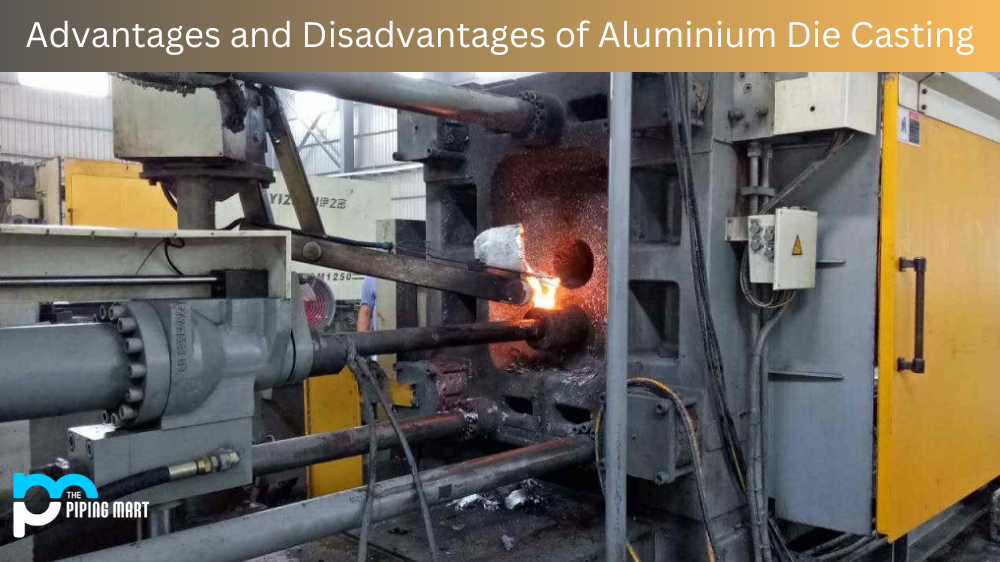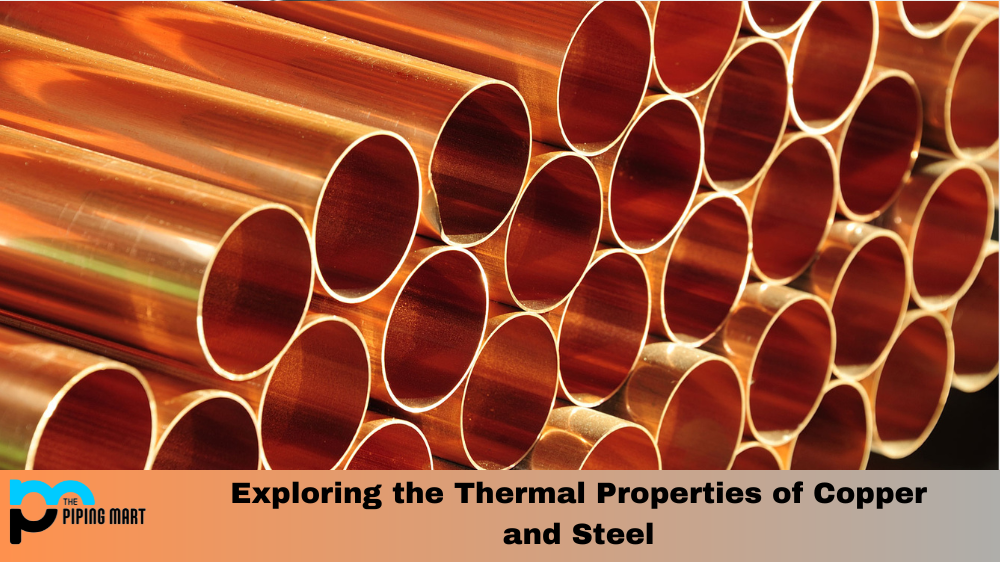When it comes to die casting, aluminum is often the metal of choice. Aluminum die casting is a process that has been used for decades to create components and parts with intricate details. It’s cost-effective, efficient, and relatively easy to produce quality products using this method. But like any manufacturing process, there are advantages and disadvantages when deciding whether aluminum die casting suits you. Let’s take a look at what those are.
5 Advantages of Aluminium Die Casting
One of the main advantages of aluminum die casting is that it’s fast and cost-efficient compared to other manufacturing processes. The process is relatively simple—molten aluminum is injected into a mold which then cools and hardens into the desired shape. This process can be completed quickly and with minimal effort, making it highly cost-effective compared to other methods like machining or forging. Additionally, since aluminum die casting uses molds that can be reused multiple times, costs are kept low even when producing large parts.
The quality of aluminum die casting is also superior to other methods due to its ability to create complex shapes with intricate details without sacrificing strength or integrity. Aluminum’s lightweight properties also make it ideal for applications where weight is essential, such as automotive parts or consumer electronics components. Furthermore, aluminum doesn’t require much additional finishing work once cast—it can be easily treated with anodizing or powder coating for added protection from corrosion or wear and tear without significantly increasing production time or cost overhead.
Strong and Durable
Aluminum die casting is a process that produces solid and durable parts. The process involves injecting molten aluminum into a mold, which cools and solidifies. This results in much stronger parts than those made from other methods, such as injection molding or machining.
Lightweight
Another advantage of aluminum die casting is that it produces very lightweight parts. This is because aluminium is one of the lightest metals, making it ideal for use in various applications where weight is a concern.
Corrosion Resistant
Aluminium is also highly resistant to corrosion, making it ideal for applications where exposure to the elements is a concern. This corrosion resistance is because aluminum forms a protective oxide layer when exposed to air, preventing further oxidation.
Recyclable
Another advantage of aluminum die casting is that it uses highly recyclable material. Over 75% of all aluminium ever produced is still in use today due to its recyclability. This makes it an ideal choice for use in applications where sustainability is a concern.
Cost-Effective
Finally, aluminum die casting is a very cost-effective process. The process is relatively simple and does not require expensive equipment or materials. Additionally, the parts produced are solid and durable, which means they will last for many years with proper care.
5 Disadvantages of Aluminium Die Casting
On the flip side, one major disadvantage of aluminum die casting is that it requires specialized tools and machinery to achieve high-quality results—which can add high up-front costs depending on your needs. Additionally, since aluminum isn’t as strong as some other metals like steel or iron, it might not be suitable for specific applications where strength and durability are critical factors (although alloys can be used in cases where additional strength is required). Finally, due to its lower melting point compared to other metals like zinc or copper, pure aluminum won’t stay molten long enough during the injection phase to fill out more complex shapes—making them difficult (or impossible) to produce using this method alone.
High Cost
One of the primary disadvantages of aluminum die casting is the high cost. The process is very energy intensive and requires expensive machinery and materials. Additionally, aluminium die castings are often produced in small batches, which can further increase costs.
Long Lead Times
Another disadvantage of aluminium die casting is the long lead times. The process can take several weeks to complete, which can be a problem for businesses that need parts quickly.
Limited Design Flexibility
Another downside to aluminium die casting is that it offers limited design flexibility. The process is best suited for producing parts with simple shapes. This method can make complex shapes or parts with intricate details more difficult or even impossible to produce.
Porosity Issues
Aluminum die castings can also be susceptible to porosity issues. Porosity refers to the presence of small voids or pockets of air within the metal. These voids can weaken the metal and make it more susceptible to breakage or corrosion.
Scrap Rate
Finally, aluminium die casting has a relatively high scrap rate. This means that a significant amount of material is wasted during production, which can further increase costs.
Conclusion:
Aluminum die casting offers many advantages over traditional manufacturing processes, such as being fast and cost-efficient while still producing high-quality results with intricate details without sacrificing strength or integrity. However, there are also some drawbacks, including needing specialized tools/machinery, which can increase up-front costs, as well as its lower strength compared to other metals, which may limit product durability in specific applications (although alloys can help mitigate this problem). Ultimately you have to weigh the pros and cons before deciding if aluminum die casting is right for your project needs!
Meet Heer, a dynamic and driven writer learning tricks of her trade in the metal industry. With a background in Digital Marketing, Heer brings a unique perspective to her writing, sharing valuable insights. Apart from blogging she like reading and hiking.




